ON the Beat | Greener Newgrasses at the Granada Theatre
Nickel Creek Packs the Granada with Fans and Fresh Montecito-born Sounds
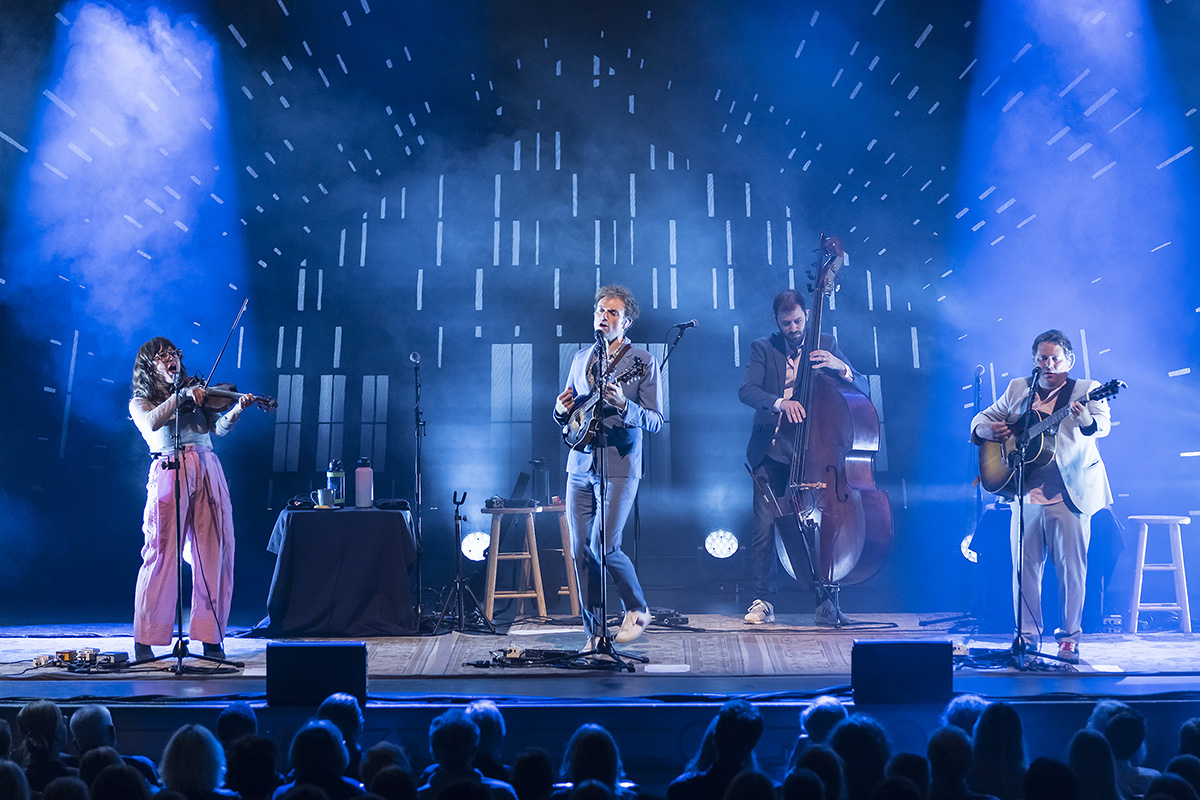
The pandemic era is, give or take a variant or two, mostly in the rearview by now. But in the music world, the actual positive fruits of the tragic lockdown time — a precious free time for many musicians to dig into recording and reflecting on projects — keep drifting into view and our earspace. One project born during COVID — and right here in Montecito — was starry newgrass sensation Nickel Creek’s quite remarkable new album Celebrants, the beginnings of which can be traced to a two-and-a-half-week period when the members and their families hunkered down in a Montecito house.
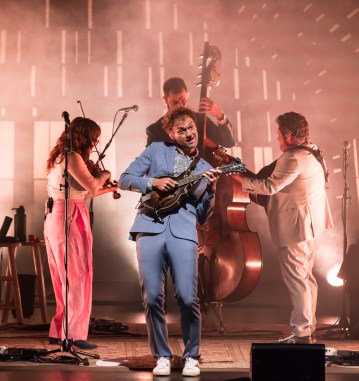
There, according to mandolinist Chris Thile, the temporary dwellers were sustained by takeout from La La Super-Rica and an influx of wine. Plus, the muse was obviously in the house.
A celebrational and site-specific coming-out party for this album, for many of us the finest and most ambitious of the band’s long career, hit the Granada Theatre stage on Sunday night. The occasion was a UCSB Arts & Lectures–sponsored concert in the big house, and what transpired was a tight musical and emotional thrill ride of a two-hour show with the Creekers — mandolin God-among-mortals Thile, singer-fiddler Sara Watkins, and her guitarist-singer brother Sean Watkins.
Opening act Hawktail, a strikingly fine neo-newgrass band featuring fiddler Brittany Haas, bassist Paul Kowert, guitarist Jordan Tice, and mandolinist Dominick Leslie, was trimmed down by illness to the duo of Tice and Kowert (who, incidentally, had just played in the Granada for the Martha Graham Rodeo production last week). The twosome tended a garden of earthy and unearthly delights.
Nickel Creek gave its strongest local performance to date, bolstered by the strength of the new album — which puts the progressive back in progressive bluegrass — along with material from other corners of the Creekbook. One “live world premiere” was the new tune “Goddamned Saint,” dedicated to longtime friend and ally (and Santa Barbaran) Glen Phillips.
To end the set, the band dug into a slice of old-school bluegrass, and then offered up a graceful encore finale of “When You Come Back Down” to send us out gently into the good night.
L.A. Logbook: Braxtonian Time
Reflecting back on special and off-radar jazz events in Santa Barbara over the decades, one enchanted and experimental evening went down the night avant-garde master Anthony Braxton played a solo alto-sax concert in the Santa Barbara Museum of Art (SBMA) auditorium in 1988. Braxton, known for reinventing paradigms and pushing the envelope — or multiple envelopes — as a mold-breaking innovator, brought both that side of his musical persona and the part that also reveres standards and Charlie Parker.
Memories of that evening came rushing back last Friday when I caught Braxton’s powerful solo sax concert in the historic First Congregational Church in Los Angeles. In this vast sanctuary, famous for housing one of the grandest pipe organs in the world, the 78-year-old Braxton played a set of 10 distinctly unique pieces, ranging from abstract etudes to a slightly reshaped “Body and Soul.” Inspiration, on many levels, filled the chapel that night.
It takes a special brand of passionate cultural cultivators, usually working independently and outside any established institution, to keep the fires of alternative culture burning — especially in the marginal realm of “outside” jazz. Braxton’s 1988 show at SBMA came to us courtesy of the Jazz and World Music Society — bravely led by Scott Clayton and then Eric Larson — which later brought Braxton to the Center Stage Theater for a duo with pianist David Rosenboom. L.A.’s solo show happened through the auspices of two groups, The Unwrinkled Ear and Black Editions. All hail committed enablers of fringe culture.
For those in the city, or willing to make a pilgrimage, this weekend in Los Angeles, the Big Jazz Show is Saturday night’s doubleheader at L.A.’s Ace Hotel, of the Bill Frisell FIVE and Ambrose Akinmusire’s new project Owl Song, featuring his new ally Frisell along with drummer Herlin Riley. Akinmusire is coming off a particularly high moment, after his neo-Afro-jazz commissioned work Isakosa Ara (featuring mythic Malian singer Oomou Sangare) stole the show at the recent Monterey Jazz Festival.
TO-DOINGS:
Meanwhile, here in Santa Barbara, October continues to stoke the flames of the “plenty to do and listen to” agenda. Great American band Wilco, on the heels of the fab, multi-genre, multi-textured new album Cousin, plays the Arlington on Friday, October 13. At the Lobero Theatre, our man from deep in the Industry Hale Milgrim serves up another of his beloved, living-room-esque “Go to Hale Quips ’n’ Clips” shows on Saturday night, October 14, and Jesse Cook shows up on Wednesday, October 18.

On the classical music front, the Santa Barbara Symphony cracks open a promising new season with the trusty stuff of Beethoven’s Ninth, powered by more than 200 instrumentalists and singers on the Granada stage, on Saturday night and Sunday afternoon. The new CAMA season also kicks off, on a deceptively modest-seeming note: Masterful mandolinist Avi Avital and the acclaimed accordionist Hanzhi Wang appear at the Lobero on Monday, October 16 — a not-to-miss and left-of-typical concert occasion. (See story here).
SOhO’s calendar this week includes a return from ex-Wings guitarist Laurence Juber on Sunday night and another solid blast of SBCC jazz ensemble energy on Monday.
For Film’s Sake: St. Joan the Earthy One

In the crossover of film and music, one hot film pick this week is the Riviera Theatre screening of a wonderful new music doc — a fragile genre with more misses than hits. Directors Karen O’Connor, Miri Navasky, and Maeve O’Boyle have created the poetic and powerful Joan Baez: I Am a Noise, which tells the great folk singer’s tale with a rare personal candor and confessional insights, partly thanks to Baez’s literal archive-diving in a storage locker stocked with diaries, tapes, and other memory-stoking materials. She speaks of her early mental struggles, encountering racism as a half-Mexican youth, and conflicts with fame versus a deeper commitment to art and social and political causes. She also speaks about her resistance to close relationships: “I’m just more comfortable by myself. I’m not great at one-on-one relationships. I’m better at one-on-2,000…. I can have a nice intimate evening with 4,000 people.” (Such an evening happened a few years ago at a memorable Santa Barbara Bowl show, with her dog by her side onstage.).
Joan, we thought we knew ye. Now, we know ye a bit more truly.

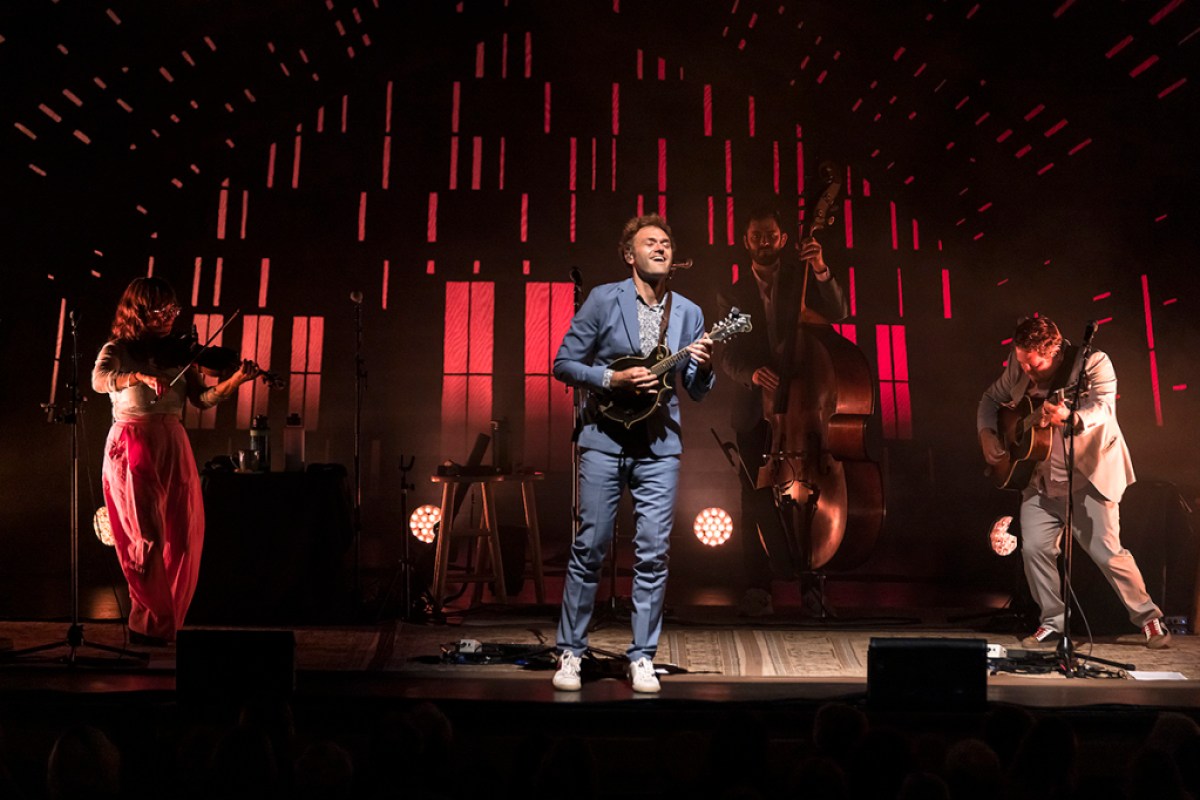


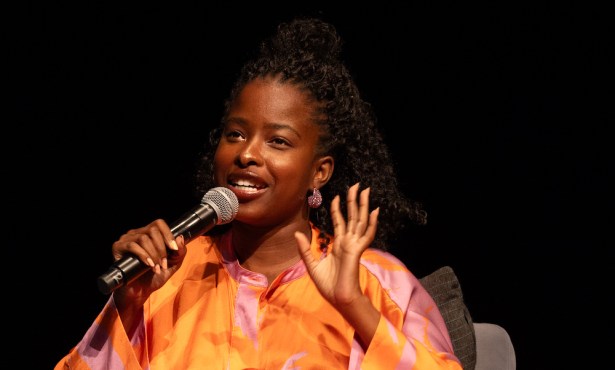
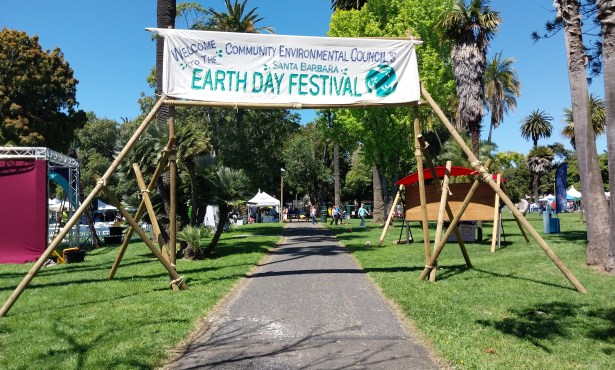
You must be logged in to post a comment.